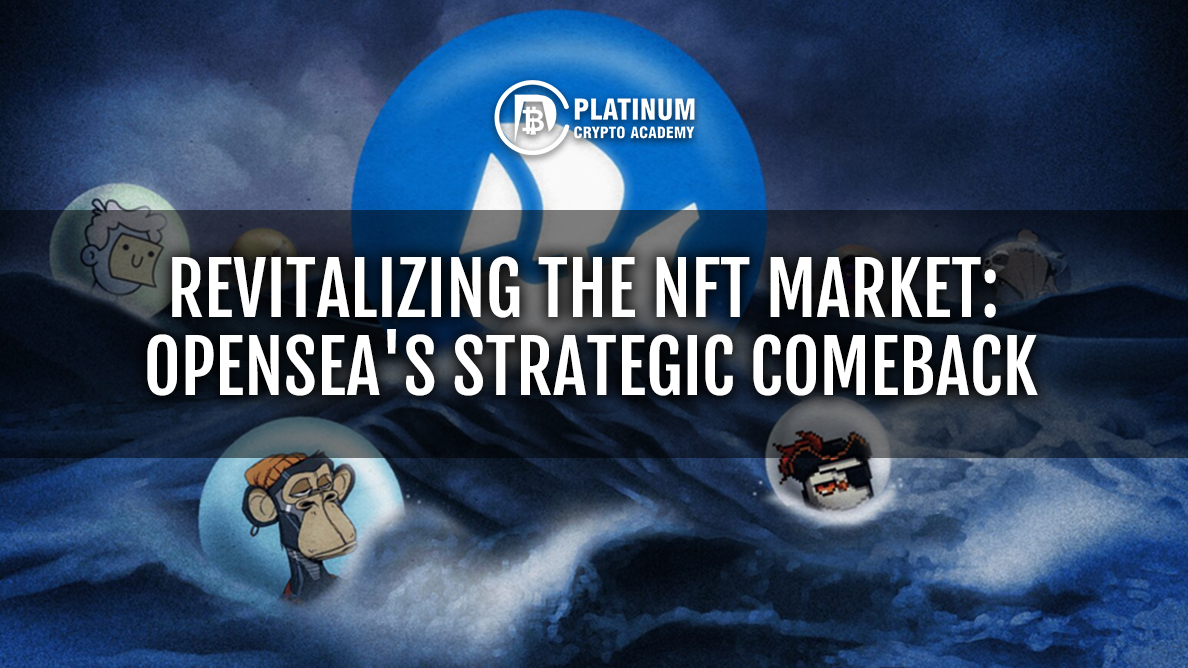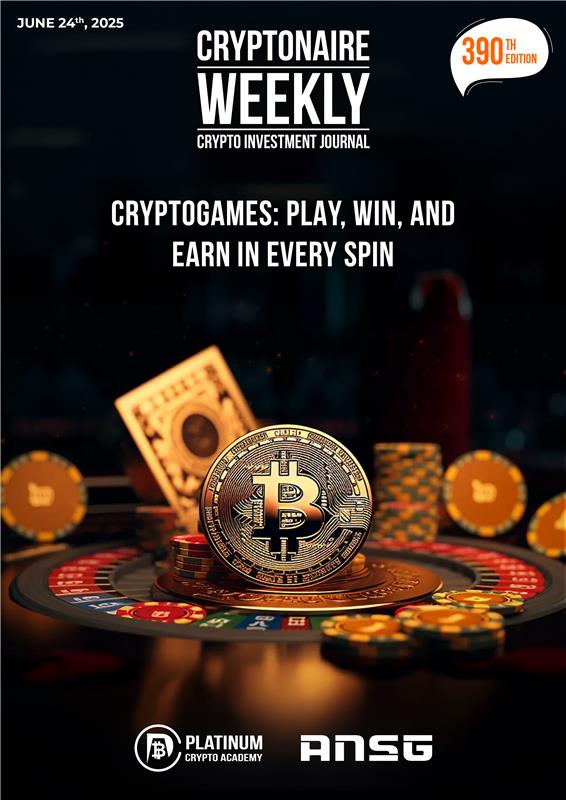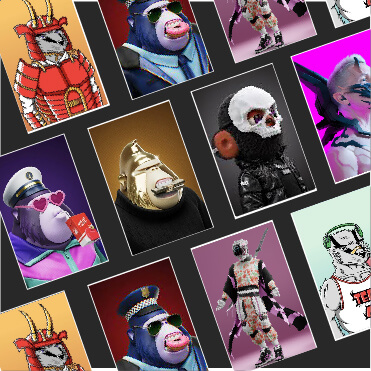I’ve been closely observing the trajectory of OpenSea, a leading NFT marketplace, and its recent strategic moves to revitalize the NFT sector. Let me share my perspective on OpenSea’s ingenious plan to reignite the NFT frenzy.

OpenSea’s Strategic Shift Amid Market Recovery
The NFT market, once a hotbed of multi-million-dollar sales and a symbol of the crypto bull market, experienced a downturn last year. Sales fell 63% to $8.7 billion, despite a tripling in volume between October and November. This contrasted sharply with Bitcoin’s 160% increase in 2023. As a trader, I see this as a critical juncture for NFTs, requiring innovative strategies to rekindle interest and value in the market.

OpenSea’s Vision Beyond Just Valuable Images
Devin Finzer, CEO of OpenSea, is steering the platform beyond the traditional view of NFTs as merely valuable images. He’s focusing on building compelling use cases for NFTs, rather than just driving volume. This approach resonates with me as it aligns with the need for sustainable growth in the NFT space, focusing on utility and long-term value.

Challenges and Innovations
OpenSea has faced its share of challenges, including insider trading allegations and backlash over removing obligatory royalties for NFT developers. The platform also laid off half of its workforce in November. Despite these setbacks, OpenSea is working on OpenSea 2.0, an upgrade aimed at enhancing user experience and differentiating between NFT categories. This move is crucial, as newer entrants like Blur and OKX NFT Marketplace have been gaining ground with more sophisticated trading experiences.
OpenSea 2.0: A Game Changer?
OpenSea 2.0 plans to offer a marketplace interface that can be better customized to suit each type of NFT use case, from event tickets to gaming tokens. This level of customization is something I believe is essential for the next growth phase of NFTs. It addresses the need for a more nuanced and user-friendly trading experience, which could attract a broader range of users and collectors.
Addressing Security and Future Plans
OpenSea is enhancing its detection capabilities for fraudulent NFT collections and harmful URLs, addressing a significant concern in the NFT space. However, Finzer
has been tight-lipped about OpenSea’s future intentions regarding the reinstatement of a mandatory royalty program, a decision that has significant implications for NFT creators and the overall ecosystem.
Landscape of NFTs on Different Blockchains
Observations on the increasing adoption of Ordinals on the Bitcoin blockchain and the growing prominence of the Solana blockchain for NFTs are particularly intriguing. While he remains optimistic about Ethereum’s potential as the preferred blockchain for NFTs, especially with its layer-2 chains reducing transaction costs, I don’t see Bitcoin as a significant NFT option in the future. This perspective aligns with my view that Ethereum, with its robust smart contract capabilities, remains better suited for diverse NFT applications compared to Bitcoin. You cant argue with the volume on ordinals though its very impressive.
Conclusion
In conclusion, OpenSea’s plan to reignite the NFT market is a bold and necessary step in the evolution of the NFT space. As a trader, I’m excited about the potential of OpenSea 2.0 to bring more sophistication and utility to NFT trading. The focus on enhancing user experience, addressing security concerns, and exploring new use cases could be the catalyst needed for the next wave of growth in the NFT market. It’s a challenging yet exciting time for NFTs, and I’m keen to see how OpenSea’s strategies unfold in the coming months.



